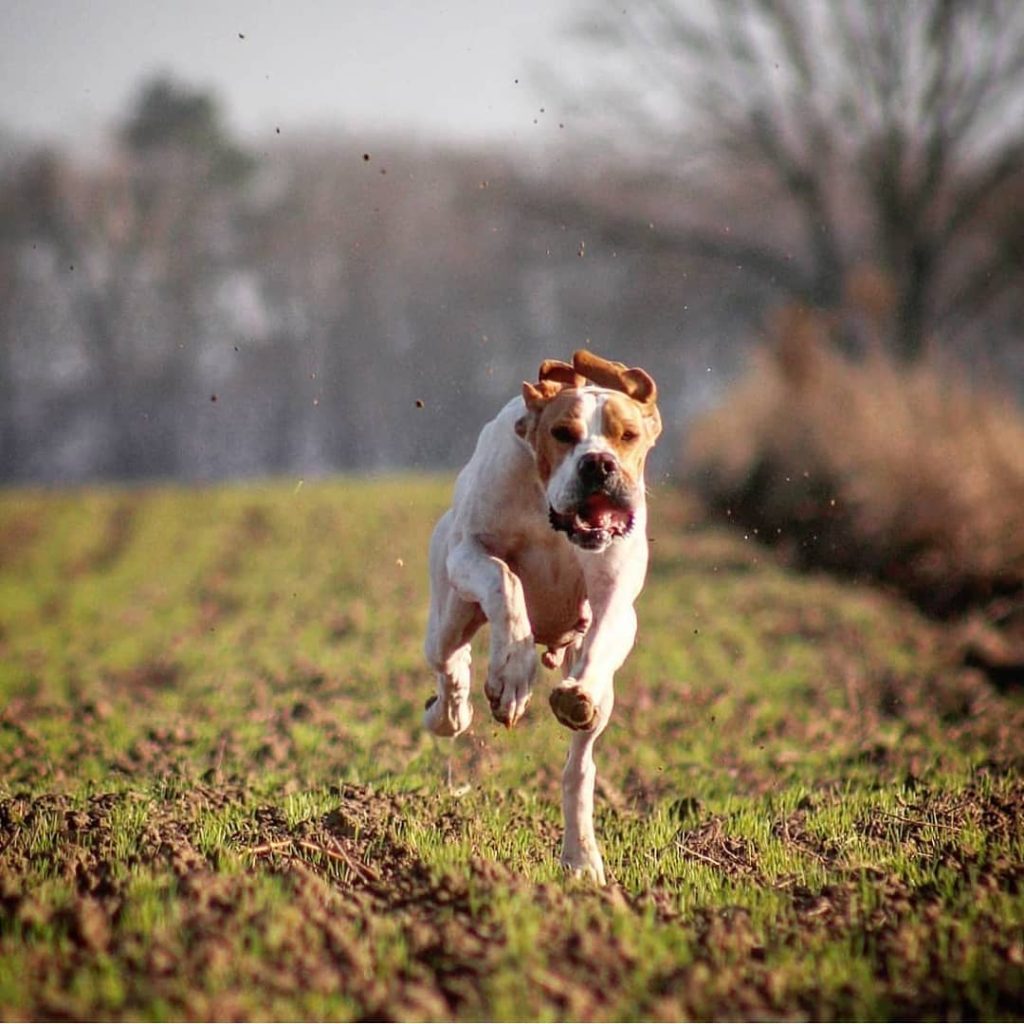Introduction to Dog Training
Dog training is an essential aspect of pet ownership, offering numerous benefits for both the dog and the owner. Effective training can lead to a well-behaved companion, a stronger bond between pet and owner, and a safer environment for everyone involved. Training a dog involves more than just teaching commands; it’s about establishing a mutual understanding and respect.
Importance of Training Your Dog
Training your dog goes beyond basic obedience; it’s crucial for their overall well-being and socialization. A well-trained dog is typically happier, as it understands what is expected and can navigate the human world more easily. Training helps in preventing behavioral problems and can even save a dog’s life in dangerous situations. It also enhances the bond between the dog and its owner, making the time spent together more enjoyable and stress-free.
Basics of Dog Training
The foundation of dog training rests on consistency, patience, and positive reinforcement. It’s important to start with basic commands like ‘sit’, ‘stay’, ‘come’, and ‘heel’. These commands not only teach obedience but also help in managing your dog’s behavior in various situations. Training sessions should be short, fun, and rewarding, ensuring that the dog associates learning with positive experiences.
Understanding Your Dog
To train a dog effectively, it’s crucial to understand its behavior and psychology. Dogs have unique personalities and learning styles, which can significantly influence the training process.
Canine Behavior and Psychology
Understanding canine behavior and psychology is key to successful dog training. Dogs communicate through body language and vocalizations, and interpreting these correctly can help in understanding their needs and emotions. Recognizing signs of stress, fear, excitement, or relaxation in your dog can guide your training approach, making it more effective and humane.
Communication with Your Dog
Effective communication is a two-way street. While it’s important for your dog to understand your commands, it’s equally important for you to understand its signals. Consistent use of commands, gestures, and rewards helps in building a language that both you and your dog can understand. This mutual understanding is crucial for effective training and building a strong bond.
Common Training Challenges
Even with the best methods and intentions, training a dog can present certain challenges. Understanding and addressing these challenges is key to a successful training program.
Dealing with Stubborn Dogs
Some dogs may appear stubborn, often due to a lack of motivation or understanding rather than a deliberate choice. Addressing this requires patience and finding what motivates your dog, be it food, toys, or praise. It’s also crucial to ensure that training is consistent and that commands are not reinforcing the stubborn behavior.
Addressing Behavioral Issues
Behavioral issues like excessive barking, chewing, or aggression can often be mitigated through training. It’s important to understand the root cause of these behaviors, which could be anxiety, boredom, or fear. Tailoring the training to address these underlying issues can be more effective than trying to suppress the behaviors directly.
Advanced Training
For owners looking to go beyond basic obedience, advanced training offers opportunities for both the dog and the handler to learn and grow.
Agility Training
Agility training is a great way to keep your dog physically and mentally stimulated. It involves guiding your dog through a course of obstacles like jumps, tunnels, and weave poles. This type of training enhances a dog’s physical abilities and focus, and it can be a fun way to bond with your pet.
Service and Therapy Dog Training
Training a dog for service or therapy roles is a significant commitment but can be incredibly rewarding. These dogs are trained to perform specific tasks to assist individuals with disabilities or to provide comfort and support in therapeutic settings. This training requires a dog with the right temperament and a dedicated training regimen.
Health and Nutrition
A dog’s health and nutrition are integral parts of its training regime. A well-balanced diet and regular exercise are key to a dog’s physical and mental well-being.
Role of Diet in Training
A nutritious diet is essential for keeping your dog healthy and responsive during training sessions. Good nutrition supports cognitive function and energy levels, making training more effective. Treats used in training should also be considered part of the dog’s overall diet to avoid overfeeding.
Exercise and Training
Regular exercise is vital for a dog’s physical and mental health. It helps in reducing excess energy, which can contribute to hyperactivity or disruptive behavior. Exercise also plays a role in training, as a well-exercised dog is often more focused and better behaved during training sessions.
Effective communication is a two-way street. While it’s important for your dog to understand your commands, it’s equally important for you to understand its signals. Consistent use of commands, gestures, and rewards helps in building a language that both you and your dog can understand. This mutual understanding is crucial for effective training and building a strong bond.
Training Techniques
Various training techniques can be employed, depending on the dog’s personality and the goals of the training.
Positive Reinforcement
Positive reinforcement involves rewarding desirable behavior, which encourages the dog to repeat it. Rewards can be treats, praise, or playtime. This method is effective because it teaches the dog what is desired without using fear or punishment, creating a more positive learning environment.
Clicker Training
Clicker training is a form of positive reinforcement that uses a sound (a click) to mark the exact moment a dog performs the desired behavior. The click sound is then followed by a reward. This method is effective for teaching complex behaviors and can be a fun way for dogs to learn.
Obedience Training
Obedience training focuses on teaching basic commands and behaviors that are essential for a well-behaved pet. This includes commands like sit, stay, come, and down. Obedience training is not just about control but also about enhancing communication between you and your dog.









